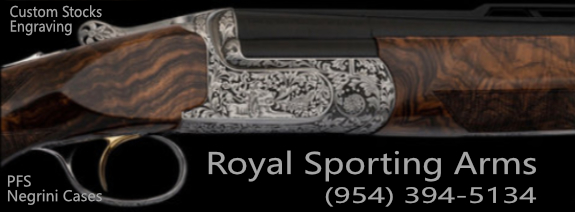History of Handicap Yardage Changes
Discussion in 'Trapshooting Forum - Americantrapshooter.com' started by Mike J, Jan 5, 2018.


Discussion in 'Trapshooting Forum - Americantrapshooter.com' started by Mike J, Jan 5, 2018.

